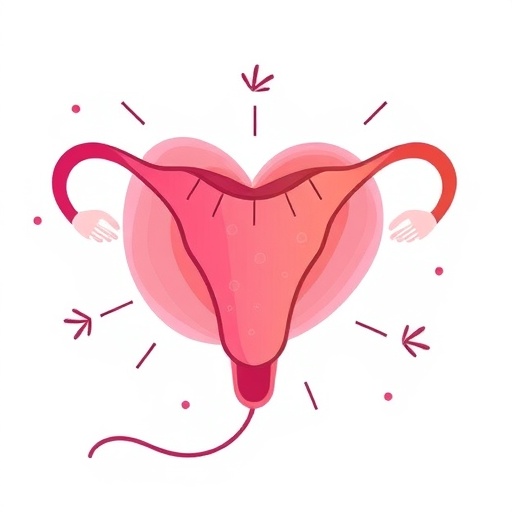In a Health Services Research analysis of patients with low back pain, when patients saw a physical therapist first, there was lower utilization of high cost medical services as well as lower opioid use.
Compared with patients who saw a physical therapist late or not at all, those who saw a physical therapist at the first point of care had an 89 percent lower probability of having an opioid prescription, a 28 percent lower probability of having any advanced imaging services, and a 15 percent lower probability of having an emergency department visit, but a 19 percent higher probability of hospitalization. The authors noted that a higher probability of hospitalization is not necessarily a bad outcome if physical therapists are appropriately referring patients to more specialized care when low back pain does not otherwise get resolved by addressing musculoskeletal causes first. These patients also had significantly lower out-of-pocket costs, and costs appeared to shift away from outpatient and pharmacy toward provider settings.
"Given our findings in light of the national opioid crisis, state policymakers, insurers, and providers may want to review current policies and reduce barriers to early and frequent access to physical therapists as well as to educate patients about the potential benefits of seeing a physical therapist first," said lead author Dr. Bianca Frogner, of the University of Washington Center for Health Workforce Studies.
The work was a collaboration between the University of Washington in Seattle and The George Washington University in Washington, DC. "This study shows the importance of interprofessional collaboration when studying complex problems such as low back pain. We found important relationships among physical therapy intervention, utilization, and cost of services and the effect on opioid prescriptions," said Dr. Ken Harwood, lead for the George Washington University site. "We are continuing our collaborative work to pursue further questions related to this study."
###
Media Contact
Penny Smith
[email protected]
http://newsroom.wiley.com/
http://dx.doi.org/10.1111/1475-6773.12984




